Porsche Just Patented A Six-Stroke Internal Combustion Engine
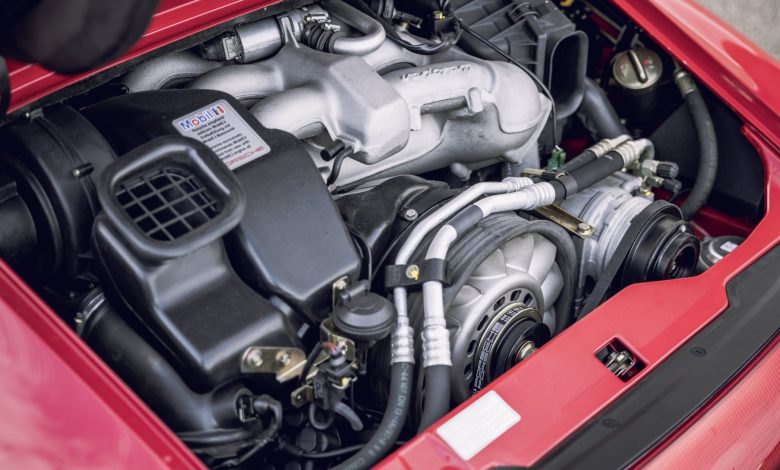
This new engine design from Porsche adds another compression and power stroke to the proceedings.
For the longest time the operation of any internal combustion engine essentially were split between to two-stroke and four-stroke cycles. But trust the engineers at Porsche to come up with an engine design featuring the same number of strokes as the cylinder count of the company’s most legendary engine layout, because recently patented by the German automaker is an engine with six strokes.
Or if being completely correct here, the true title of patent filed by Porsche back in February to the United States Patent and Trademark Office (USPTO) states for its design to be a ‘Method for a Combustion Machine With Two Times Three Strokes’. And yes, its only about to get more technical from here.
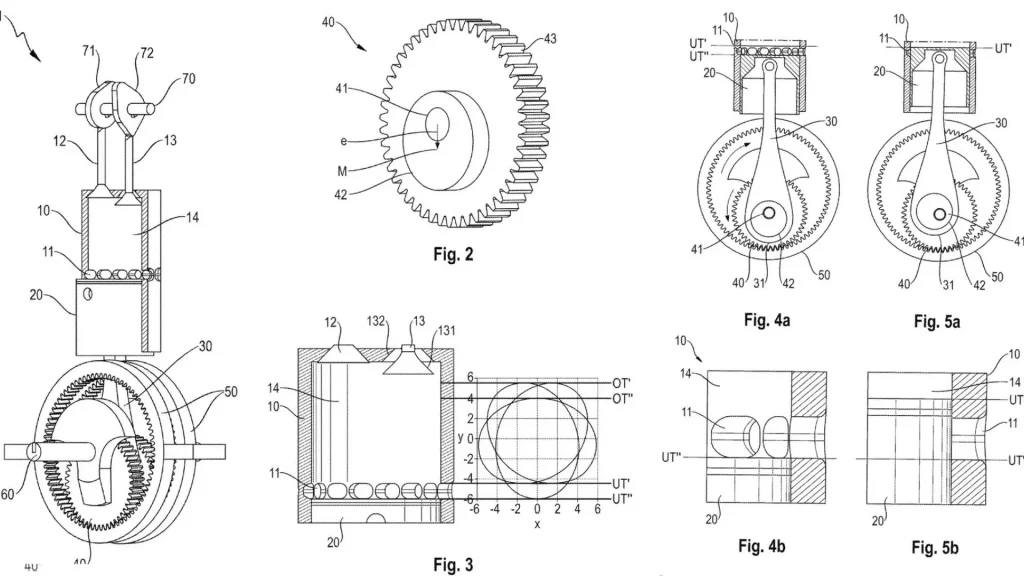
Though before going full-on engineering mode, very briefly for those who are not perhaps familiar with the inner workings of an internal combustion engine, a stroke refers to the up-down (or down-up) motion of an engine’s piston within the cylinder. A typical 4-stroke engine requires 4 of these strokes (or 2 full crankshaft rotations) to complete a full power cycle:
- Intake (Suck): Piston moves downwards (1st stroke). Air and fuel are drawn into the combustion chamber.
- Compression (Squeeze): Piston moves upwards (2nd stroke). Air-fuel mixture is pushed to the top of the combustion chamber.
- Power (Bang): Piston is forced downwards (3rd stroke) by the expanding gas volume from the air-fuel mixture being ignited.
- Exhaust (Blow): Piston moves upwards (4th stroke) to vent the remaining gas out of the cylinder, before the whole cycle begins again.

Nerdy side note: A 2-stroke engine on the other hand, like in a lawn mower for example, completes its operational cycle in just 2 strokes (or 1 revolution of the crankshaft). This is due to its engine design that sees the end of the combustion stroke and the beginning of the compression stroke happen simultaneously, with the intake and exhaust functions occurring at the same time as well.
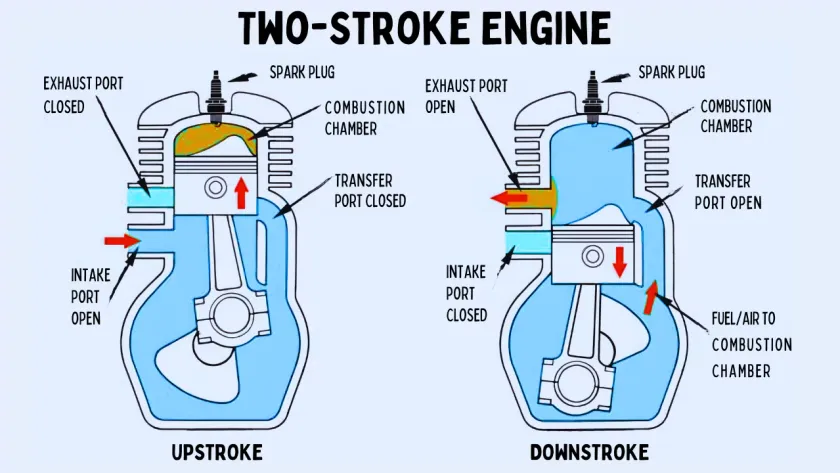
Anyway getting back now to Porsche’s new six-stroke engine design, what the boffins at the German automaker have proposed is adding another compression and power stroke to this process. The added steps would occur between the traditional power and exhaust stroke, which hence sees for the engine’s operational sequence to be: intake-compression-power-compression-power-exhaust.
The added two strokes however is to only be part of the story with this 6-stroke engine, as the extra compression and power stroke apparently have more extreme top- and bottom-dead-centres than the first compression and power strokes as well. This is made possible because the piston is on a crankshaft that actually rotates within a planetary gearset, which in turn incidentally makes this design a variable-compression engine as well.
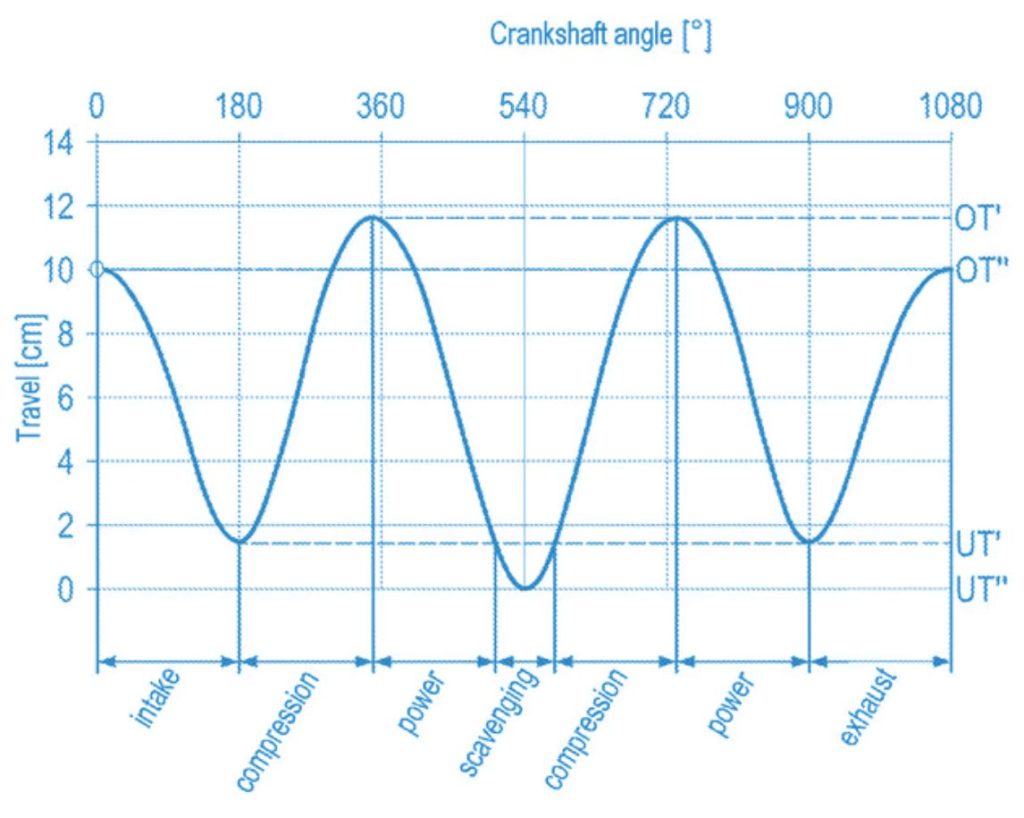
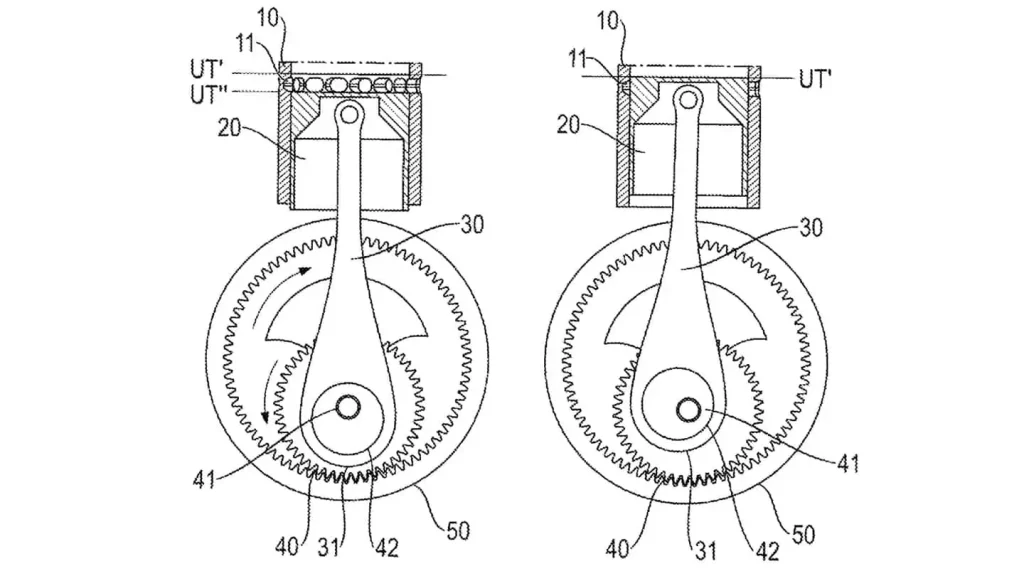
Now without wanting to turn this into a full-blown engineering lecture with further discussions on the scavenging ports that add more air for the newly-added strokes, the very simplified summary as to why Porsche went to the trouble of designing this six-stroke engine design is such that it has the potential to generate more power with better operational efficiency. This comes from it having more frequent power strokes (1 in 3 for this 6-stroke design relative to 1 in 4 on a conventional four-stroke engine), as well as the greater likelihood of attaining a more complete burn of the air-fuel mixture.
It nevertheless remains to be seen though if these gains in efficiency and power are worth the added complexity with this engine design, or if this six-stroke will even see the light of day. Not all patents eventually make it into production after all. But this will be far from the first time that complex engine technologies once thought to be too finicky to work in the real world actually make it into production, as Infiniti’s own VC-Turbo variable compression ratio engine and Alfa Romeo’s Twinspark engine will attest.




